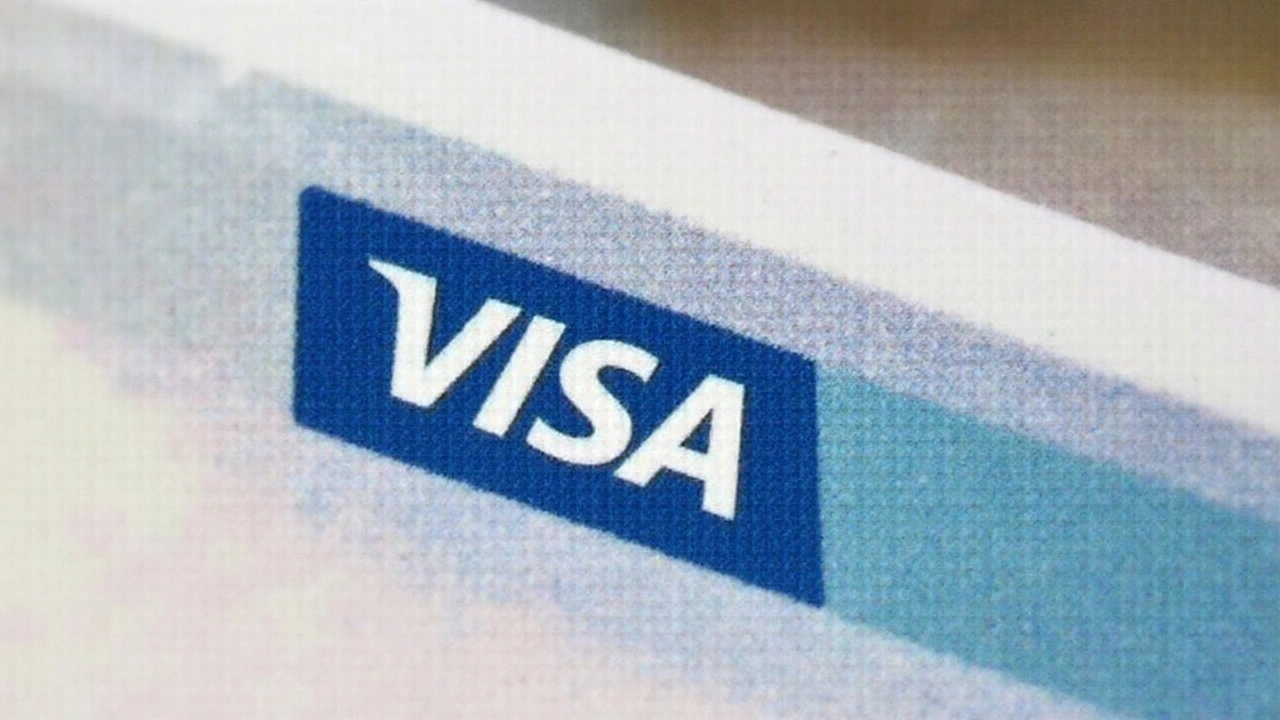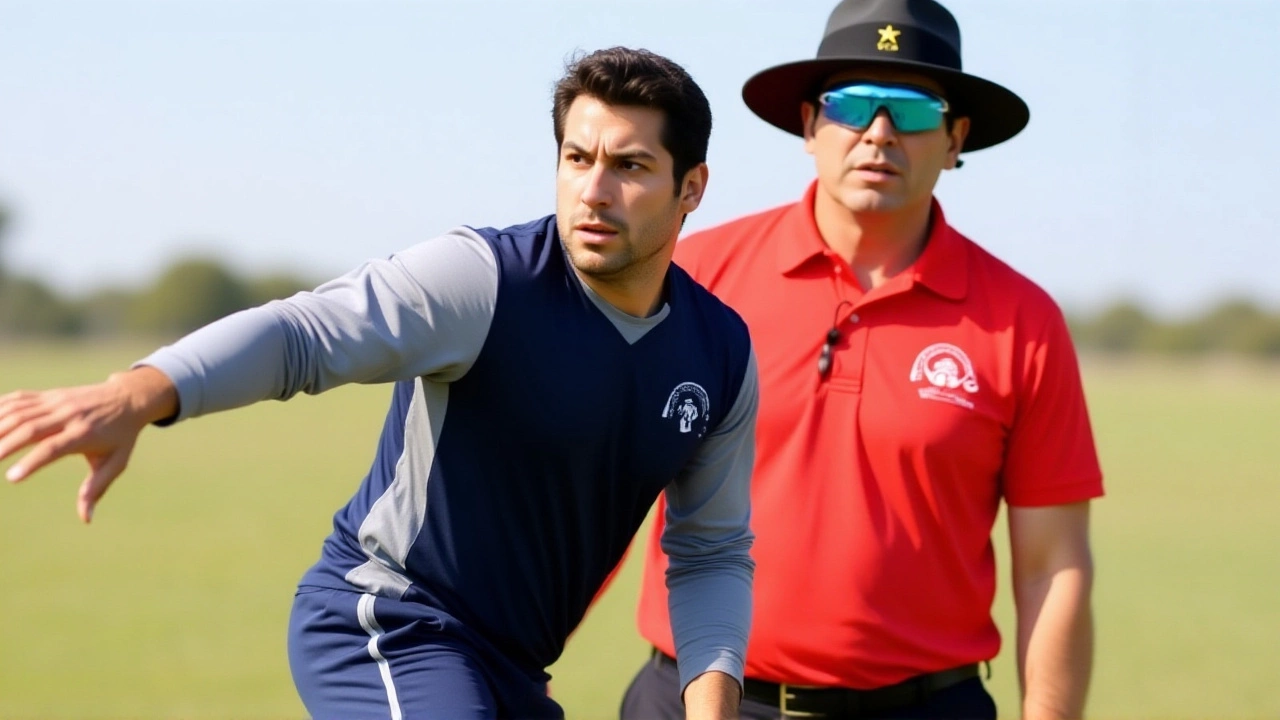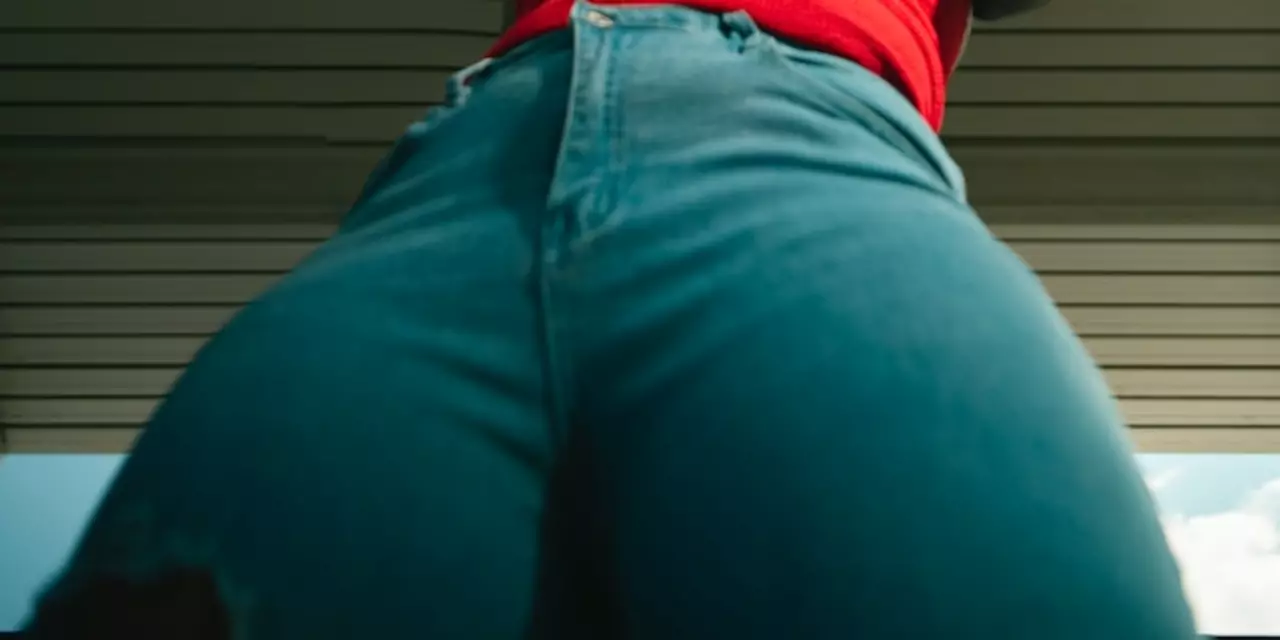Sponsor Licence Basics for Sports Media
If you’ve ever wondered why you see brand logos on a football kit or hear a sponsor’s jingle before a match, the answer lies in the sponsor licence. It’s the official permission that lets a brand attach its name to a sport, a team, or a broadcast. Without it, a sponsor can’t legally promote its product in that setting, and the league or station could face fines.
Getting a sponsor licence isn’t rocket science, but it does involve a few steps that can trip up newcomers. You need to know who issues the licence, what paperwork is required, and how long the approval takes. Most licences are managed by the sport’s governing body or the broadcaster’s licensing department, and they all want to see that the sponsor is reputable, the partnership is clear, and the content follows advertising rules.
How to Apply for a Sponsor Licence
First, gather the basics: a clear description of the sponsor’s product, the intended exposure (e.g., stadium signage, TV ads, podcast mentions), and any previous sponsorship experience. Then fill out the application form supplied by the league or network. This usually includes sections on brand safety, financial stability, and compliance with local advertising standards.
Next, attach supporting documents like a brand guidelines PDF, proof of trademark registration, and a draft of the promotional material. Most bodies will run a quick background check to ensure the sponsor isn’t tied to prohibited industries (like gambling in certain regions) or has a record of false advertising.
After submission, expect a review period of two to four weeks. Some organisations offer fast‑track options for high‑profile deals, but they’ll charge extra. Once approved, you’ll receive a licence certificate that outlines the permitted uses, the duration (often one season), and any performance metrics you need to meet, such as audience reach or on‑site branding limits.
Common Mistakes and How to Avoid Them
One big pitfall is ignoring the fine print. Many licences restrict certain wording, require a “sponsored by” tag, or limit exposure during specific program segments. Missing these details can lead to a breach notice, which may force you to pull the branding mid‑campaign.
Another mistake is assuming a licence covers all channels. A licence for TV broadcast doesn’t automatically apply to podcasts, social media clips, or in‑stadium signage. If you want a multi‑platform run, you’ll need separate approvals or a broader licence that explicitly lists each channel.
Finally, don’t forget renewal dates. Licences often expire at the end of a sports season, and forgetting to renew can interrupt a sponsor’s visibility, causing loss of revenue for both the sponsor and the sport. Set calendar reminders well ahead of the expiry and start the renewal conversation early.
Understanding the sponsor licence process empowers you to negotiate better deals, avoid costly errors, and keep the partnership running smoothly. Whether you’re a small club looking for local backing or a big broadcaster seeking national sponsors, following these steps will make the licence journey a lot less stressful.
Got more questions about sponsor licences? Drop a comment or reach out to the licensing department of your sport—most are happy to guide you through the specifics.
The UK Home Office raises Certificate of Sponsorship fees by 120% and tightens rules on cost recovery, effective April 9, 2025. Visa application fees climb by £50‑£150, while sponsor licence fees also go up. Employers can no longer shift sponsorship costs to workers or risk licence revocation. New salary assessment rules affect Skilled Worker thresholds. Companies must audit contracts and immigration policies immediately.
View More




